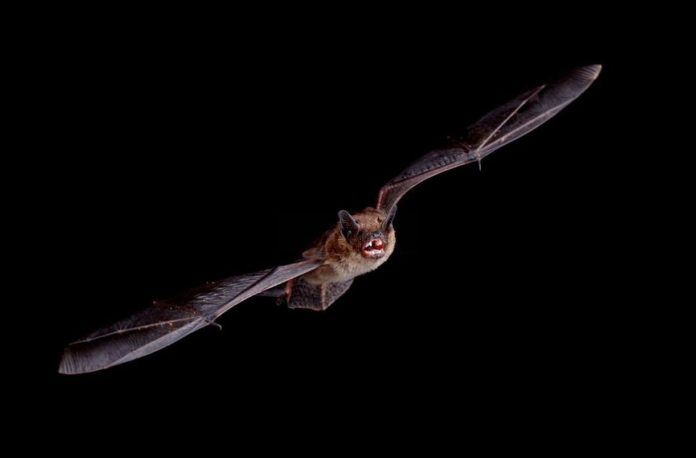The most common species of bat in the United States, the large brown bat, has an exceptional lifetime of up to 19 years. New research conducted by University of Maryland scientists has found that hibernation is one of the reasons why this bat lives so long.
Gerald Wilkinson, a professor of biology at the University of Maryland, stated that hibernation has allowed bats and possibly other creatures to survive in very northern or very southern places where there is no food during the winter.
“Hibernators,” according to the professor, “tend to live much longer than migrators. We knew that, but we didn’t know if we would detect changes in epigenetic age due to hibernation.”
The researchers found that a big brown bat’s epigenetic clock, a biological sign of aging, is slowed down by three-quarters of a year when it hibernates for one winter. Researchers from McMaster University and the University of Waterloo, both in Ontario, Canada, contributed to the study, which was published in the journal Proceedings of the Royal Society B today.
They investigated tiny tissue samples collected from the wings of twenty big brown bats (Eptesicus fuscus) throughout two distinct periods: hibernation in the winter and activity in the summer. Researchers at McMaster University housed the bats in a research colony where they ranged in age from a few weeks to a little over 10 years.
After collecting the samples, the researchers analyzed differences in DNA methylation, a biological process related to gene control, comparing active and hibernating samples from the same animal. They found that DNA methylation changed at some spots in the bat’s genome, and that these spots seemed to affect metabolism during hibernation.
“It’s pretty clear that the sites that decrease methylation in the winter are the ones that appear to be having an active effect,” Wilkinson adds. “Many of the genes that are nearest to them are known to be involved in regulating metabolism, so they presumably keep metabolism down.”
These genes include a few that Wilkinson and colleagues previously classified as “longevity genes” in another study. According to Wilkinson, there is a strong association between the genes for hibernation and those for longevity. This finding emphasizes the relationship between hibernation and longer lifespans.
In the earlier research, the first epigenetic clock for bats was also developed, which can now be used to precisely estimate the age of any bat living in the wild. With the help of that clock, the researchers were able to show that hibernation lowers an animal’s epigenetic age relative to a similarly aged non-hibernating counterpart.
Studies like this contribute to the understanding of why bats live longer than would be predicted for a little creature the size of a mouse. But they also make us wonder about new things.
“We still don’t have a very good understanding of why some bats can live a really long time and other ones don’t,” adds the author. “We’ve shown that the ones that live a really long time all share the ability to hibernate, or to go into torpor frequently. That seems to be a corollary, but it’s not sufficient because hibernating rodents don’t live 20 years.”
Wilkinson said he wants to do a follow-up study to compare how big brown bats in Canada, where they hibernate, and the same species in Florida, where they don’t hibernate, age through epigenetics. Wilkinson aims to have a better understanding of how hibernation affects lifespans by doing this.
Image Credit: Getty
You were reading: Now We Know What Slows Biological Aging In The Most Common Bat In The US
